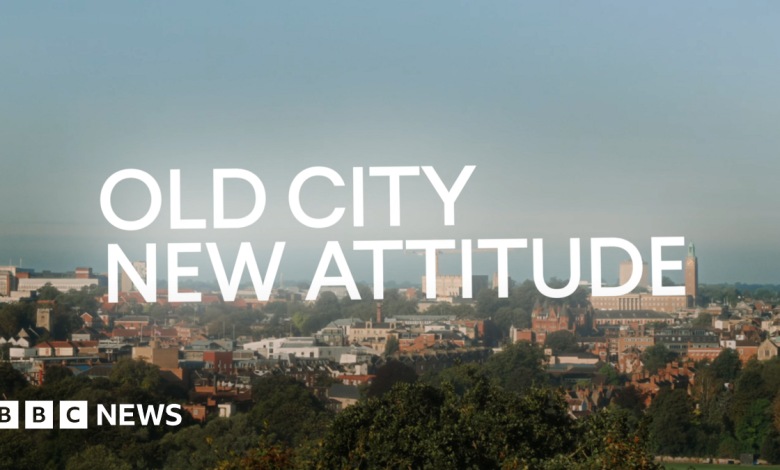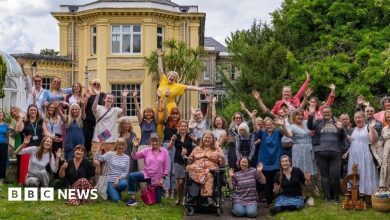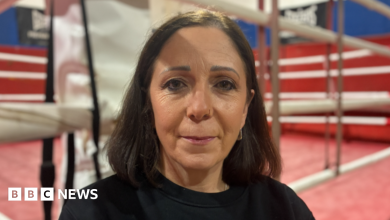Campaign launches to make Norwich cool to young people

Norwich: Beyond Mustard and Football
Norwich, a city steeped in history yet evolving with modern vibrancy, is seeking to reshape its image beyond the familiar associations of Colman’s Mustard, the University of East Anglia, and its beloved football team. According to Mr. Gurney, who spearheads a new promotional initiative, the city is specifically targeting the “pre-nester” demographic—young professionals and couples who haven’t yet settled down with families. This strategic focus emerged from research indicating that this group approaches Norwich without preconceived notions, making them ideal candidates to experience the city’s true character. With their mobility, available time, and disposable income, pre-nesters represent a promising audience for Norwich to showcase its distinctive appeal.
The decision to target this demographic isn’t merely about increasing tourism numbers; it reflects a deeper understanding of how cities evolve through the perceptions and experiences of their visitors. Pre-nesters, with their social media presence and influential networks, can become authentic ambassadors for Norwich in ways traditional advertising cannot achieve. They’re seeking authentic experiences, cultural richness, and livable environments—all qualities that Norwich possesses yet hasn’t fully communicated to national and international audiences. This represents a pivotal moment for the city to step out from the shadow of its most famous exports and institutions to reveal its multifaceted character.
At the heart of this rebranding effort is a recently produced video that captures Norwich through the eyes of its residents. Rather than presenting a sanitized tourist brochure version of the city, the video appears to celebrate the authentic spaces and experiences that locals cherish. This approach acknowledges that the most compelling city narratives emerge from those who know its streets, cafés, hidden gardens, and architectural treasures intimately. By showcasing Norwich as residents understand and cherish it, the campaign creates an emotional connection that transcends typical destination marketing. The video serves as both a mirror for locals to see their city reflected and a window for potential visitors to glimpse Norwich’s authentic character.
Mr. Gurney emphasizes that residents strongly identify with the spaces showcased in the promotional material, suggesting the campaign has successfully captured the essence of Norwich that locals want to share with the world. This alignment between resident perception and marketing messaging is critical for authentic place branding. Too often, cities present polished versions of themselves that locals barely recognize, creating a disconnection between visitor expectations and actual experiences. Norwich’s approach appears to bridge this gap by celebrating spaces and aspects of city life that represent its true character. This authenticity resonates with the target demographic, who tend to value genuineness over glossy perfection in their travel and relocation decisions.
The initiative acknowledges the challenge of changing deeply ingrained perceptions about places. Cities often become reduced to a handful of associations—in Norwich’s case, mustard, academia, and sport—that fail to capture their complexity and contemporary appeal. Breaking through these simplified images requires more than conventional advertising; it demands storytelling that reveals unexpected dimensions of the city’s character. By focusing on how residents relate to Norwich spaces, the campaign taps into emotional connections rather than simply listing attractions. This human-centered approach recognizes that cities are ultimately defined not by their monuments but by the experiences, relationships, and memories they foster.
Ultimately, Norwich’s rebranding effort represents a broader trend in how cities are reimagining themselves in the 21st century. Rather than competing solely on economic indicators or tourist attractions, forward-thinking urban centers are increasingly emphasizing quality of life, cultural vitality, sustainability, and authenticity. Mr. Gurney’s statement that “we need to change perceptions to get people here” acknowledges the fundamental challenge facing many regional cities: breaking through established narratives to reveal their contemporary relevance. For Norwich, success will mean not abandoning its heritage of mustard, academia, and football, but expanding its story to encompass the diverse, vibrant, and livable city it has become—a place where pre-nesters might not only visit but potentially choose to nest after all.








4d05aq
zmmkzs
hkobhx
t951ps
fec2yk
26kq0e